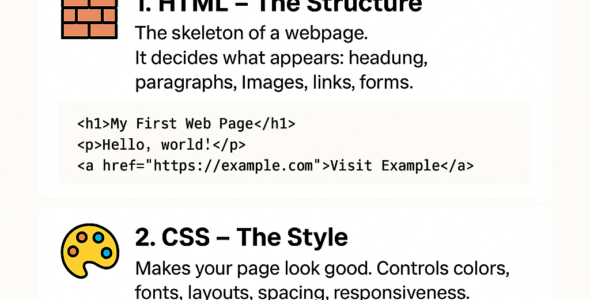In this module, we'll explore the best practices for writing efficient, maintainable, and scalable CSS code. You'll learn about the syntax, examples, and guidelines for writing clean, modular, and reusable CSS code that follows industry standards.
CSS Best Practices
Here are some best practices for writing CSS code:
1. Use a Preprocessor: Use a preprocessor like Sass or Less to write more efficient and modular code.
2. Use a Consistent Naming Convention: Use a consistent naming convention like BEM or OOCSS to write readable and maintainable code.
3. Write Modular Code: Write modular code that is reusable and easy to maintain.
4. Use Variables: Use variables to store reusable values and avoid duplication.
5. Use Functions and Mixins: Use functions and mixins to write reusable code blocks.
6. Avoid Global Styles: Avoid global styles and use classes instead to write more modular code.
7. Use a CSS Linter: Use a CSS linter to catch errors and enforce best practices.
8. Test Your Code: Test your code in different browsers and devices to ensure compatibility.
Syntax and Examples
Here are some examples of writing clean and modular CSS code:
- Use a preprocessor to write modular code:
// variables.scss
$primary-color: #333;
// buttons.scss
.button {
background-color: $primary-color;
border: none;
padding: 10px 20px;
font-size: 16px;
cursor: pointer;
}
- Use a consistent naming convention:
// BEM naming convention
.button {
&__icon {
margin-right: 10px;
}
&__text {
font-size: 16px;
}
}
- Write modular code:
// modular code
.card {
&__header {
background-color: #333;
color: #fff;
padding: 10px;
}
&__content {
padding: 20px;
}
}
By following these best practices, you'll be able to write more efficient, maintainable, and scalable CSS code that follows industry standards.

